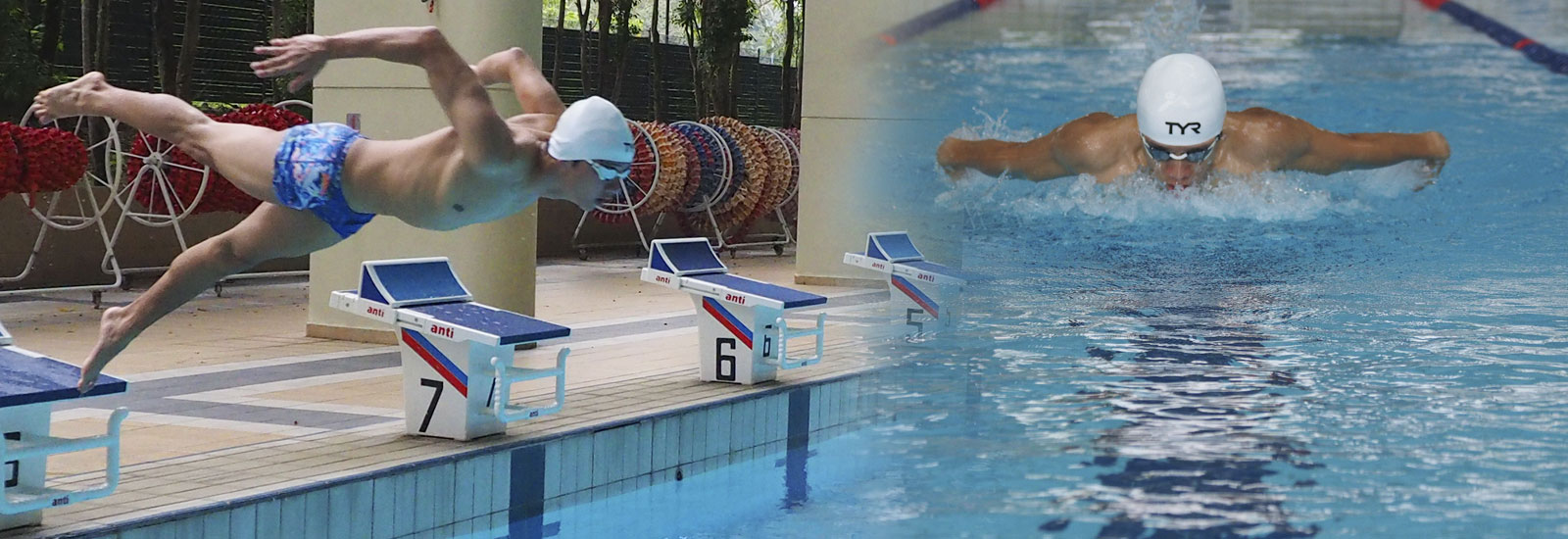Swimming race analysis package
What is Race Analysis?
Swimming race analysis refers to the process of evaluating and breaking down the performance of a swimmer during a competitive swimming event or during training. This analysis is often conducted by coaches, athletes, or sports scientists to understand the strengths and weaknesses of a swimmer’s performance and make improvements. It involves the examination of various aspects of the race.
For better improvement, we suggest that you compare your races with the Top elite swimmers around the world.
Record your races or test set and import existing video files.The guide of how to film your videos for race analysis you can find Click here
On the basis of Race Analysis, top coaches with athletes plan their training to improve the weaknesses of the athlete or team.
Now you can have it too, be purposeful in your goals to achieve them!
Recommended for:
A swimming race analysis can be beneficial for swimmers of various ages and skill levels. Here are some recommendations for different groups of swimmers:
- Beginner Swimmers (Children and Adults): Even novice swimmers can benefit from race analysis. It helps them understand basic techniques, such as body position, arm and leg movements, and breathing. This can be especially important for young swimmers who are just starting their competitive journey.
- Youth Competitive Swimmers: Young swimmers who participate in age group competitions can benefit from race analysis. Coaches can use it to identify and correct technique issues and help swimmers improve their performance.
- High School and College Swimmers: Swimmers at this level are often more serious about their sport. Race analysis can be a critical tool for helping them fine-tune their strokes, starts, and turns. It can also be used for race strategy and preparation.
- Masters Swimmers: These are adult swimmers who compete at various levels. Race analysis is beneficial for older swimmers who want to improve their technique and possibly compete at a higher level. It can also help prevent injuries by ensuring swimmers are using efficient and safe techniques.
- Elite Swimmers: Professional and elite swimmers often rely on advanced race analysis, including video analysis, to make minute adjustments in their techniques and strategies. This level of analysis can be highly specialized and is typically performed by experienced coaches and experts.
In terms of age, children as young as 7-8 can start benefiting from basic race analysis, especially if they are involved in competitive swimming. The depth and complexity of analysis will increase as swimmers progress through the different stages of their swimming career.
Includes & Benefits of swimming race analysis:
Will get a clear understanding of how to improve your Velocity, Average Stroke Rate, Distance per Stroke, Cycles, Turn Time, Underwater Time, Stroke Tempo, Stroke Index, Front End Speed, Back End Speed, etc.
Analyzing a swimming race involves evaluating various aspects of the race to understand the performance of the swimmers and identify areas for improvement.
- Race Time: Start by examining the overall race time for each swimmer. This is the most fundamental metric to gauge their performance.
- Split Times: Break down the race into split times, which are times recorded at specific points in the race, such as the 50m, 100m,200 or 400m marks. Analyzing split times can help identify pacing strategies and areas where a swimmer might have accelerated or slowed down.
- Stroke Technique: Assess the swimmers’ stroke technique for efficiency. Look for elements like body position, arm pull, leg kick, and head position. The goal is to determine if the swimmers are maintaining good form throughout the race.
- Turns and Underwater Phases: Evaluate the efficiency and speed of the swimmers’ turns and underwater phases.
- Starts and Finishes: Analyze the swimmers’ starts off the blocks and finishes at the wall.
- Pacing Strategy: Consider the swimmers’ pacing strategies, including whether they went out too fast and fatigued later or if they held back too much and had more to give at the end. Ideal pacing depends on the race distance.
- Race Strategy: Understand the race strategy, including whether the swimmers swam a negative split (swimming the second half faster) or a positive split (swimming the first half faster). This can reveal their tactical approach.
- Race Strategy and Adaptation: Observe if the swimmers adapted their strategy during the race based on competitors or changing conditions, such as a strong headwind.
- Race Conditions: Consider external factors like water temperature, pool design, lane assignments, and weather conditions, as these can impact performance.
- Comparison with Personal Bests or Top elite swimmers around the world: Compare the swimmers’ race times with their personal bests or TOP elite swimmers all the world. Compare with person bests this can indicate if they are improving or underperforming.
Compare with TOP elite swimmers all the world can help get strategies of the top swimmers. By considering these factors, you can conduct a comprehensive analysis of a swimming race to help swimmers, coaches, and teams make adjustments and improvements in training and performance.
Requirements:
You must be able to supply your own above water race videos. (One video of each event of your racing with official time and split time, athlete’s name, and lane which will indicate on your video in real-time speed recording). The guide of how to film your videos for race analysis you can find Click here.
Will be sent to the created account on the website or to your e-mail PDF files with personal Race Analysis and/or Comparison list with personal best or TOP elite swimmers all the world from the list avalible Race Analysis look at top.
Overall:
Improve your swim performance!

